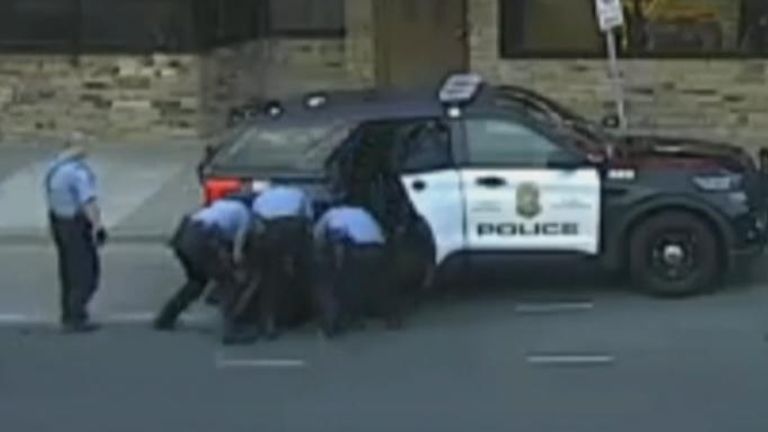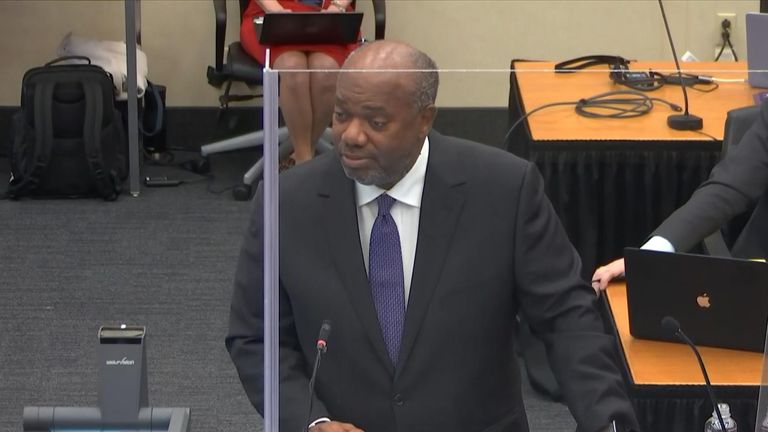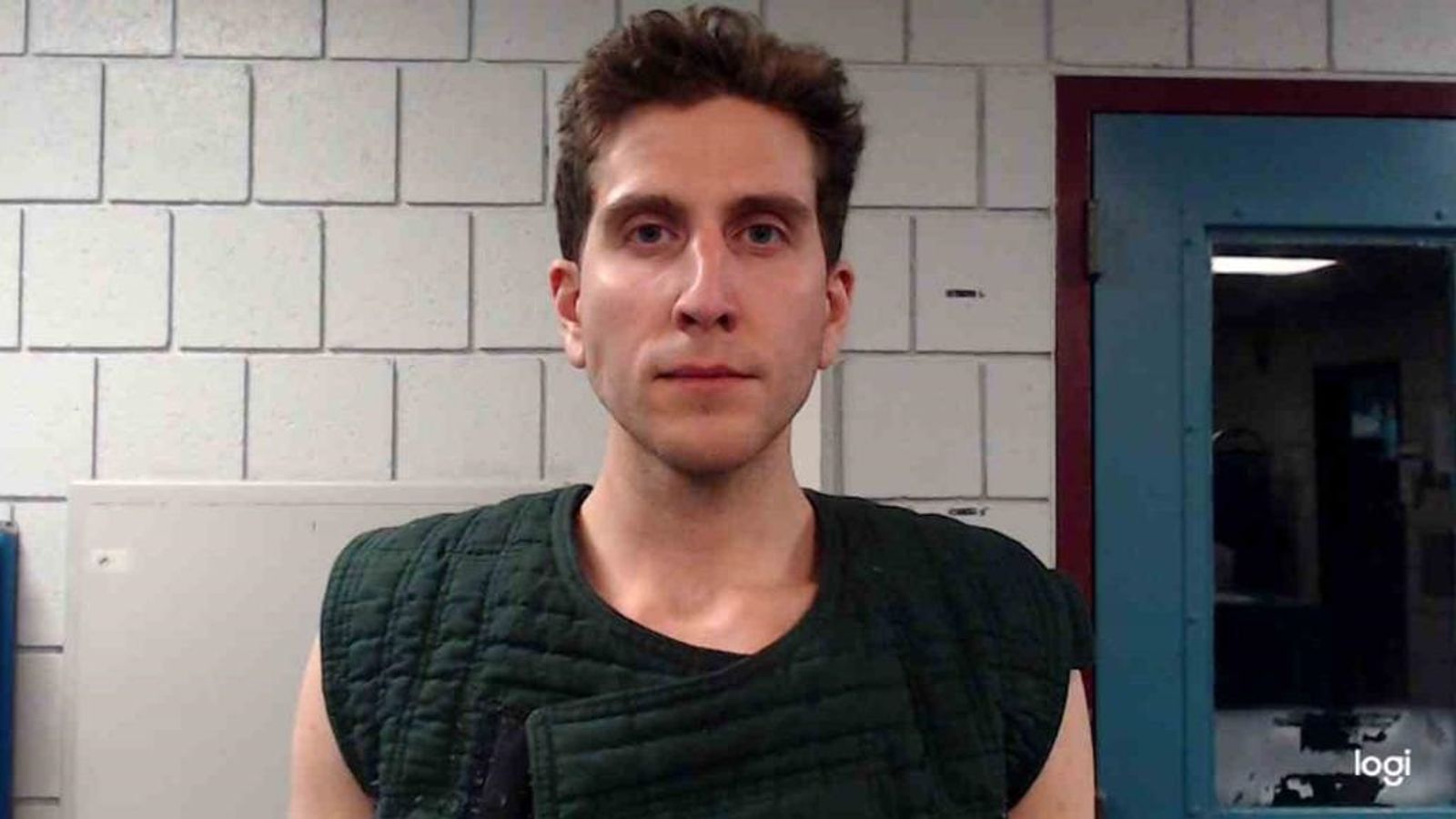The videos of the last minutes of George Floyd’s life are haunting and awful, one man’s very public death recorded for the world to see.
But those same videos have now become the cornerstone of the criminal case against the man accused of Mr Floyd’s murder.
Prosecutors seeking to have former police officer Derek Chauvin found guilty believe the video evidence, seen by millions around the world, is their most powerful weapon in the trial.
On day one, they began to pick through what witnesses saw and filmed on that Minneapolis street in May 2020, as a crowd gathered around the developing drama.
On the videos, voices can be heard remonstrating with Chauvin as he pins Mr Floyd to the ground, his knee on his neck.
George Floyd Killing: The Trial – We will bring you live continuous coverage of court proceedings in the trial of Derek Chauvin on our website, app, YouTube and Sky Pop Up Channel on 524
Donald Williams was one of the most vocal of those close-up by-standers. He was also the first of them to be called as a witness in the trial.
A wrestler and mixed martial arts expert, Mr Williams told the jury he recognised what the police officer was doing. He even gave the holds specific names, a “blood choke” and a “shimmy”.
His pleas for the police officer to check Mr Floyd for a pulse were ignored. The court heard he was silent, still and unresponsive when the hold was finally released, and pronounced dead shortly afterwards.
Mr Williams’s evidence was powerful.
The slow, procedural nature of a criminal case can at times seem ponderous and repetitive to outside eyes. But televised trials like this one are often compelling viewing because of that methodical building of a case.
More practically in this case, it allows many interested parties who cannot be accommodated in the courtroom because of COVID restrictions to follow the evidence.
It meant a brief break in that video feed late in the afternoon was a cause for huge consternation and legal argument in the court.
The shape of the case is already now clear. The prosecution believe the video evidence is impossible to discount, the defence protesting other causes for Mr Floyd’s death. There is dispute even over what the medical evidence shows.
The jury has to decide if the former police officer was responsible for Mr Floyd’s death and whether his actions were reasonable.
Those nine women and five men, two of them back-up jurors in case one of the others is unable to complete their jury service, have reassured the court they can judge the case fairly.
However much they have been told to ignore news coverage and any discussion of the case they know, like everyone in America, what is at stake in the verdict they deliver.













